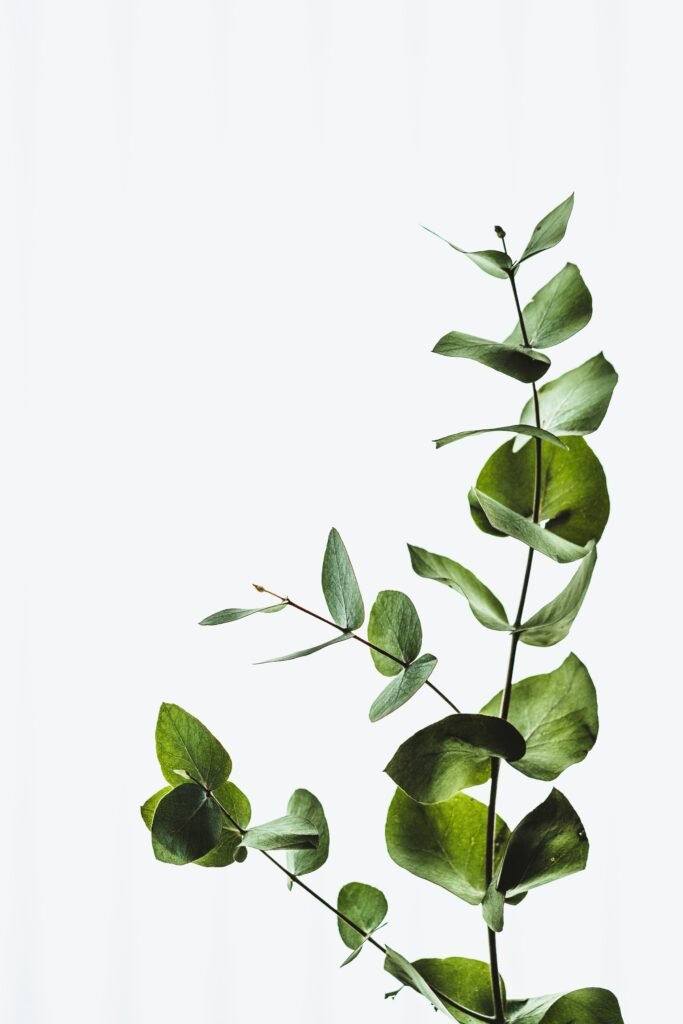Welcome to an exciting glimpse into the world of eco-conscious innovations in sock manufacturing! In this article, we will explore the latest trends and technologies that are transforming the way socks are produced in order to reduce environmental impact and promote sustainability. From using recycled materials to implementing water-saving processes, the sock industry is making remarkable strides towards a greener future. Join us as we unravel the fascinating world of eco-friendly innovations in sock production.
Towards a Greener Future: Eco-Conscious Innovations in Sock Manufacturing
Are you interested in learning more about how the fashion industry is moving towards a more sustainable and eco-friendly future? Have you ever wondered about the impact of sock manufacturing on the environment and what innovative solutions are being implemented to reduce that impact? In this article, we will explore the latest eco-conscious innovations in sock manufacturing and how these advancements are paving the way towards a greener future.

This image is property of images.unsplash.com.
The Environmental Impact of Traditional Sock Manufacturing
Let’s start by discussing the environmental impact of traditional sock manufacturing processes. The production of socks typically involves the use of various synthetic materials, such as polyester and nylon, which are derived from non-renewable resources like petroleum. These materials not only contribute to the depletion of our planet’s natural resources but also release harmful pollutants and greenhouse gases during the manufacturing process.
Sustainable Materials: The Key to Eco-Friendly Sock Manufacturing
To combat the environmental impact of traditional sock manufacturing, many companies are turning to sustainable materials as a more eco-friendly alternative. Sustainable materials are typically derived from renewable resources and have a lower environmental footprint compared to their synthetic counterparts. For example, organic cotton, bamboo fiber, and recycled polyester are increasingly being used in sock production as sustainable alternatives to traditional materials.

This image is property of images.unsplash.com.
Organic Cotton: A Popular Choice for Sustainable Socks
Organic cotton is one of the most popular choices for sustainable sock manufacturing due to its environmental benefits. Unlike conventional cotton, which is grown using harmful pesticides and synthetic fertilizers, organic cotton is cultivated using natural farming methods that promote soil health and biodiversity. Socks made from organic cotton are not only softer and more breathable but also gentler on the environment.
Bamboo Fiber: A Versatile and Eco-Friendly Material
Bamboo fiber is another sustainable material that is gaining popularity in the sock manufacturing industry. Bamboo is a fast-growing plant that requires minimal water and no pesticides to thrive, making it a highly sustainable and eco-friendly resource. Socks made from bamboo fiber are naturally moisture-wicking, hypoallergenic, and antibacterial, making them an excellent choice for those with sensitive skin or allergies.

This image is property of images.unsplash.com.
Recycled Polyester: Closing the Loop on Plastic Waste
Recycled polyester is a sustainable alternative to virgin polyester that is derived from post-consumer plastic waste, such as discarded plastic bottles. By using recycled polyester in sock manufacturing, companies can help reduce the amount of plastic ending up in landfills and oceans while also conserving energy and natural resources. Socks made from recycled polyester are durable, moisture-wicking, and quick-drying, making them an eco-friendly choice for active individuals.
Waterless Dyeing Techniques: Minimizing Water Waste in Sock Manufacturing
One of the most significant environmental challenges in the textile industry is the wastewater generated during the dyeing process. Traditional dyeing methods require large quantities of water and chemicals, which can pollute local water sources and harm aquatic ecosystems. To address this issue, many companies are implementing waterless dyeing techniques in their sock manufacturing processes to minimize water waste and reduce their environmental impact.
Air Dyeing: A Greener Approach to Sock Coloring
Air dyeing is a revolutionary waterless dyeing technique that uses compressed air to transfer pigments onto fabrics without the need for water or chemicals. This innovative process not only eliminates water consumption but also reduces energy consumption and greenhouse gas emissions compared to traditional dyeing methods. Socks dyed using air dyeing technology are vibrant, colorfast, and eco-friendly, making them a more sustainable choice for environmentally conscious consumers.
Digital Printing: A Sustainable Solution for Sock Design
Digital printing is another eco-friendly alternative to traditional sock manufacturing processes that involve excessive water and chemical use. This technology utilizes digital printers to apply colorful designs directly onto socks with precision and detail, eliminating the need for water-intensive dyeing processes. Socks printed using digital printing are customizable, waste-free, and more environmentally friendly than conventional printed socks.
Circular Economy: Redefining the Sock Manufacturing Process
The concept of a circular economy is gaining traction in the fashion industry as a more sustainable and resource-efficient approach to manufacturing. In a circular economy, products and materials are designed to be reusable, recyclable, or biodegradable, allowing them to be repurposed at the end of their lifecycle. Many companies in the sock manufacturing sector are embracing the principles of a circular economy by using recycled materials, offering take-back programs, and designing socks for longevity and durability.
Take-Back Programs: Extending the Lifecycle of Socks
Take-back programs are initiatives launched by sock manufacturers to collect and recycle old or worn-out socks from customers. By participating in these programs, consumers can return their socks to the manufacturer for recycling or upcycling, diverting them from landfills and reducing their environmental impact. Some companies even offer incentives, such as discounts or rewards, to encourage customers to participate in these programs and support a more sustainable sock industry.
Biodegradable Socks: Closing the Loop on Textile Waste
Biodegradable socks are designed to decompose naturally at the end of their lifecycle, without leaving behind any harmful residues or pollutants in the environment. These innovative socks are typically made from organic or plant-based materials that can break down over time, such as organic cotton, bamboo fiber, or hemp. By choosing biodegradable socks, consumers can contribute to the reduction of textile waste and the preservation of our planet’s natural resources.
Conclusion
In conclusion, the sock manufacturing industry is undergoing a transformation towards a greener and more sustainable future, thanks to eco-conscious innovations and sustainable practices. By using sustainable materials, implementing waterless dyeing techniques, embracing the principles of a circular economy, and offering take-back programs, companies can reduce their environmental impact and create eco-friendly socks that are both stylish and sustainable. As a consumer, you have the power to support these eco-conscious initiatives by choosing socks made from sustainable materials, participating in take-back programs, and advocating for more environmentally friendly practices in the fashion industry. Together, we can work towards a greener future for sock manufacturing and contribute to a more sustainable planet for future generations.
